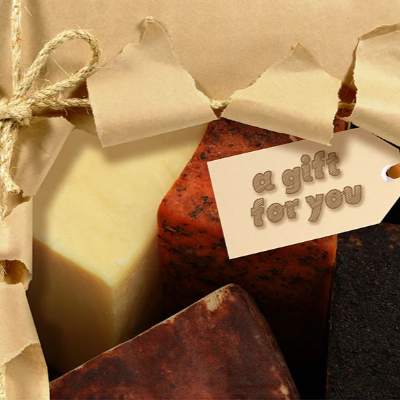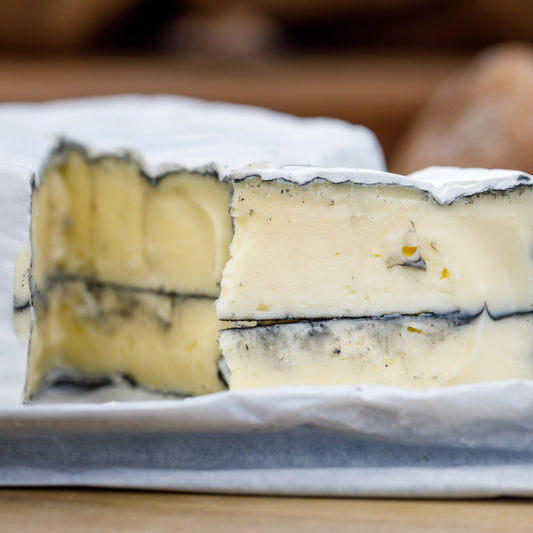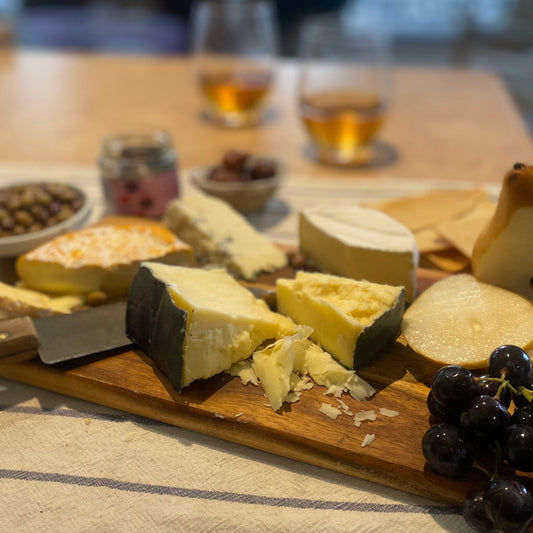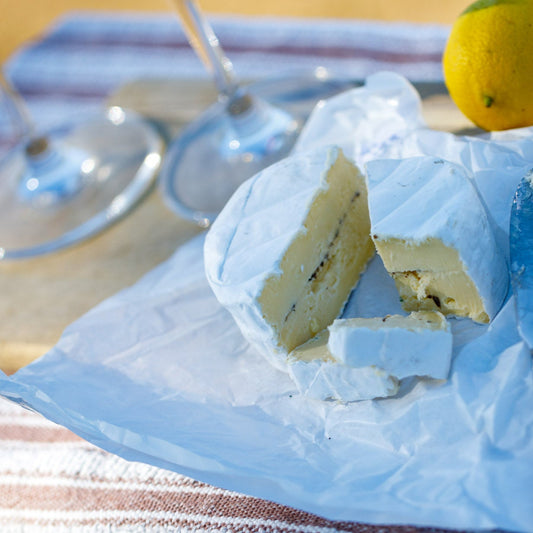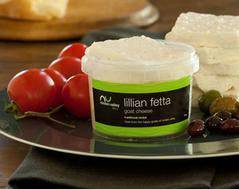
Parmesan vs Parmigiano Reggiano: What’s the Difference?
Share
Parmesan vs Parmigiano Reggiano: What’s the Difference?
When it comes to Italian cheeses, few are as beloved or as widely used as Parmesan and Parmigiano Reggiano. However, despite their similarities, these two cheeses are not the same. In this blog post, we’ll explore the key differences between Parmesan and Parmigiano Reggiano, helping you understand why they’re often confused and what sets them apart.

What is Parmesan?
Parmesan is a term commonly used outside of Italy to refer to a hard, aged cheese similar to Parmigiano Reggiano. However, Parmesan is a more generic term and can refer to cheeses that are produced outside of the Parmigiano Reggiano region in Italy. These cheeses often mimic the taste and texture of Parmigiano Reggiano but may differ significantly in quality, flavour, and production methods.
Key Characteristics of Parmesan:
- Produced Globally: Parmesan is made in many countries, including the United States, Argentina, and Australia, among others.
- Varied Quality: The quality of Parmesan can vary greatly, depending on the production methods and ingredients used.
- Flavour Profile: While Parmesan is similar in taste to Parmigiano Reggiano, it tends to be less complex and may lack the depth of flavour found in the authentic Italian cheese.
- Aging Process: Parmesan cheeses are typically aged for shorter periods than Parmigiano Reggiano, resulting in a milder flavour.
What is Parmigiano Reggiano?
Parmigiano Reggiano, often referred to as the "King of Cheeses," is a protected designation of origin (PDO) cheese that can only be produced in specific regions of Italy, including Parma, Reggio Emilia, Modena, and parts of Bologna and Mantua. The cheese is made using traditional methods that have been passed down through generations, and it must meet strict quality standards to earn the Parmigiano Reggiano label.
Key Characteristics of Parmigiano Reggiano:
- Protected Origin: Parmigiano Reggiano can only be produced in designated areas of Italy, ensuring its authenticity and quality.
- Traditional Production: The cheese is made from raw cow’s milk, with no additives or preservatives, and is aged for a minimum of 12 months.
- Complex Flavour: Parmigiano Reggiano has a rich, nutty flavour with a crystalline texture, and it becomes more complex with age.
- High Standards: The cheese must pass a rigorous inspection process to be classified as Parmigiano Reggiano, guaranteeing its superior quality.
The Key Differences Between Parmesan and Parmigiano Reggiano
- Origin and Production: Parmigiano Reggiano is strictly regulated and can only be produced in specific regions of Italy, while Parmesan is a more generic term for similar cheeses made around the world.
- Flavour and Texture: Parmigiano Reggiano is known for its complex flavour and crystalline texture, which develop over a long aging process. Parmesan, on the other hand, may have a milder flavour and softer texture due to different production methods and shorter aging times.
- Quality Control: Parmigiano Reggiano undergoes strict quality control measures, ensuring a consistent, high-quality product. Parmesan cheeses can vary widely in quality depending on where and how they are made.
Which Should You Choose?
When choosing between Parmesan and Parmigiano Reggiano, it ultimately depends on your needs and preferences. If you’re looking for an authentic Italian cheese with a rich, complex flavour, Parmigiano Reggiano is the clear choice. You can explore and purchase real Parmigiano Reggiano from Valserena’s Collection at Cheese Therapy, where you’ll find premium options crafted using traditional methods.
How to Use Parmesan and Parmigiano Reggiano
Both Parmesan and Parmigiano Reggiano are incredibly versatile and can be used in a variety of dishes:
- Grating: Both cheeses can be grated over pasta, risotto, or salads for an extra burst of flavour.
- Shaving: Add shaved Parmesan or Parmigiano Reggiano to a cheese board, or use it to top soups and salads.
- Cooking: Use these cheeses in sauces, baked dishes, or as a finishing touch to add depth and richness.
It's in the Authenticity
While Parmesan and Parmigiano Reggiano may seem similar, they are distinct cheeses with different origins, production methods, and flavour profiles. By understanding these differences, you can make more informed choices when selecting cheese for your next meal. Whether you choose the authentic Parmigiano Reggiano or a Parmesan alternative, both offer delicious ways to enhance your cooking.



